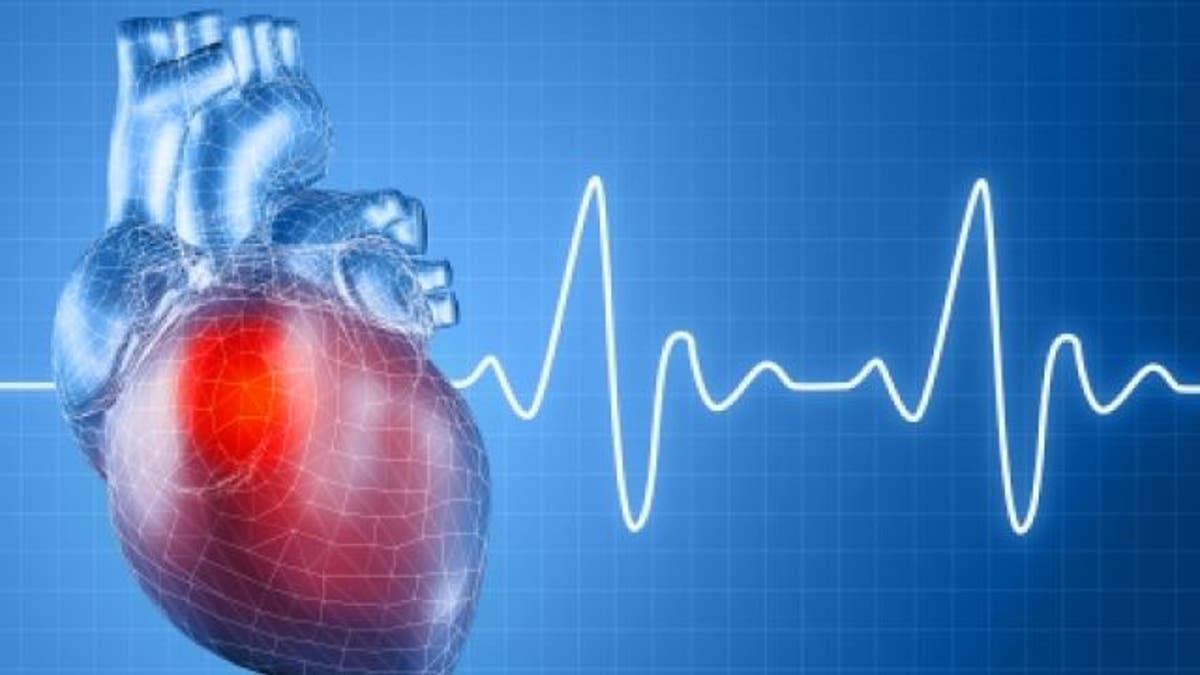
What is a stent?
A stent is a wire metal mesh tube used to prop open an artery during angioplasty – a procedure where a cardiologist re-opens a blocked artery to restore blood flow to the heart.Angioplasty is also called percutaneous coronary intervention, or PCI.
When are stents used?
Stents are used depending on certain features of the artery blockage. This includes the size of the artery and where the blockage is. Stenting is a fairly common procedure; in fact, over 70 percent of coronary angioplasty procedures also include stenting.
What are the advantages of using a stent?
In certain patients, stents reduce the renarrowing that occurs after balloon angioplasty or other procedures that use catheters. Stents also help restore normal blood flow and keep an artery open if it's been torn or injured by the balloon catheter.
What is Restenosis?
Some patients who undergo PCI have restenosis (renarrowing) of the widened segment. Restenosed arteries may have to undergo another angioplasty. Restenosis is less common in stented arteries.
Stenosis can also occur after a coronary artery bypass graft (CABG) operation. This type of heart surgery is done to reroute, or "bypass," blood around clogged arteries. This improves the supply of blood and oxygen to the heart. In this case, the stenosis may occur in the transplanted blood vessel segments and require angioplasty or atherectomy (read more about atherectomy) to reopen them.
Why are blocked arteries sometimes treated with bypass surgery?
Some patients have artery blockages that are not amenable to angioplasty or stenting because the coronary artery is too small or there is a complete blockage that cannot be crossed with the balloon.
Heart Attack Warning Signs
Some heart attacks are sudden and intense where no one doubts what's happening. But most heart attacks start slowly, with mild pain or discomfort. Often people affected aren't sure what's wrong and wait too long before getting help. Here are signs that can mean a heart attack is happening:
— Chest discomfort. Most heart attacks involve discomfort in the center of the chest that lasts more than a few minutes, or that goes away and comes back. It can feel like uncomfortable pressure, squeezing, fullness or pain.
— Discomfort in other areas of the upper body. Symptoms can include pain or discomfort in one or both arms, the back, neck, jaw or stomach.
— Shortness of breath with or without chest discomfort.
— Other signs may include breaking out in a cold sweat, nausea or lightheadedness
As with men, women's most common heart attack symptom is chest pain or discomfort. But women are somewhat more likely than men to experience some of the other common symptoms, particularly shortness of breath, nausea/vomiting, and back or jaw pain.
Learn the signs, but remember this: Even if you're not sure it's a heart attack, have it checked out (tell a doctor about your symptoms). Minutes matter! Fast action can save lives — maybe your own. Don’t wait more than five minutes to call 9-1-1 or your emergency response number.
Click here for more information from the American Heart Association.
